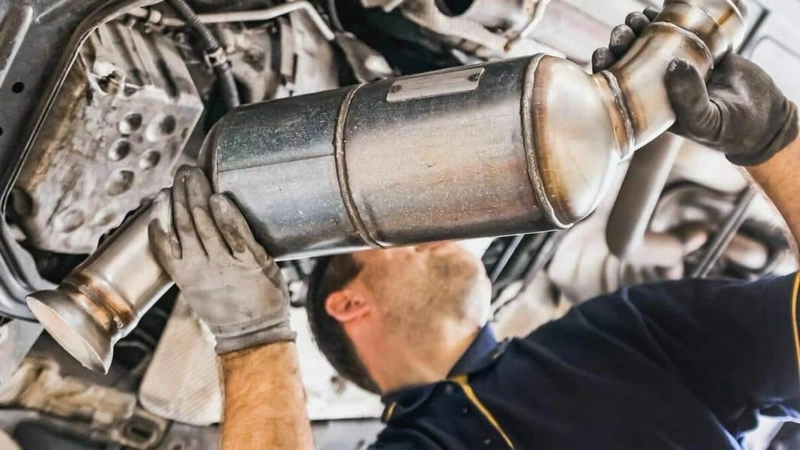What Happens if I don\'t keep my diesel particulate filter clean?
A DPF cannot function correctly if the soot retained by the filter is not routinely cleaned. Soot accumulates greatly as a result of this. The extra soot is burnt off after the DPF gets cleaned. This reduces harmful pollutants and lessens the amount of black smoke your car emits.
How Can I determine whether my DPF is Actually Blocked?
If you think your DPF has got blocked, there are various warning indications you can look for. A dashboard orange light will often let you know if the filter is malfunctioning or clogged with soot. Another indication that your DPF needs cleaning is the emission of black soot. Both your oil level and your fuel usage could rise.
What could result in a clogged filter?
When you make a lot of quick trips while maintaining low speeds, blocked DPFs may develop. This explains why fuel automobiles are mainly promoted to so many short-distance drivers. Many brief trips can cause a blockage since the automobile doesn\'t drive long enough for the exhaust to reach the necessary temperature for burn-off. The majority of DPFs have a lifespan of about 100,000 miles before needing changing.
How can I prevent obstructions?
Your DPF may not last as long as it should if you receive subpar servicing. Make wise oil selections because some items can result in obstructions. Keep your tank full and try to use high-quality fuel whenever you can. Your automobile can decide to cease regenerating the DPF in order to save diesel if you drive it with low fuel levels. As soon as you notice the warning light on your dashboard, make sure regeneration is possible. This can be actually accomplished by having it cleaned frequently.
What is active DPF regeneration?
Two types of DPF regeneration are available. Both passive and active regeneration apply here. Passive regeneration occurs when a car travels a distance at a high speed and its exhaust temperature increases to a certain level. This makes it possible for drivers to burn off extra soot.
Active regeneration
More fuel is basically injected during active regeneration in order to raise the exhaust temperature. The soot gets burned off as a result of this. The warning light will continue to illuminate if regeneration procedures are not properly completed, alerting us to the presence of a partial blockage. We can remove the remaining soot by driving for around ten minutes at a speed of over 40 mph.
Some symptoms point to active regeneration. The cooling fans should be operating, and the exhaust should be emitting a hot, sour stench. Automatic stop/start should not get enabled, and idling speed and fuel consumption should increase.
What to do if regeneration fails
It\'s time to seek advice from the experts if you\'ve attempted passive and active regeneration but weren\'t successful. If the light hasn\'t shut off, has turned red, or more lights have turned on, the process hasn\'t been successful, as will be evident. You risk doing serious damage if you keep driving the car without fixing the problem.
Your car\'s performance will suffer, you\'ll notice more emissions coming from your exhaust, and using it or operating it at high speeds can be next to impossible. You can lose the ability to even turn on your car. Your vehicle will fail its MOT if your filter is not operating properly.
Specialized DPF cleaning
Your DPF can be mainly cleaned utilizing the forced regeneration method by a professional mechanic. In most circumstances, this will remove the soot so you may drive your automobile safely. If a lengthy, high-speed drive did not fix the problem, have the filter professionally cleaned? It\'s always preferable to attempt and get the old DPF cleaned before replacing it because brand-new DPFs can be quite expensive. At some point, the price of a new DPF can be greater than the value of the vehicle itself.



